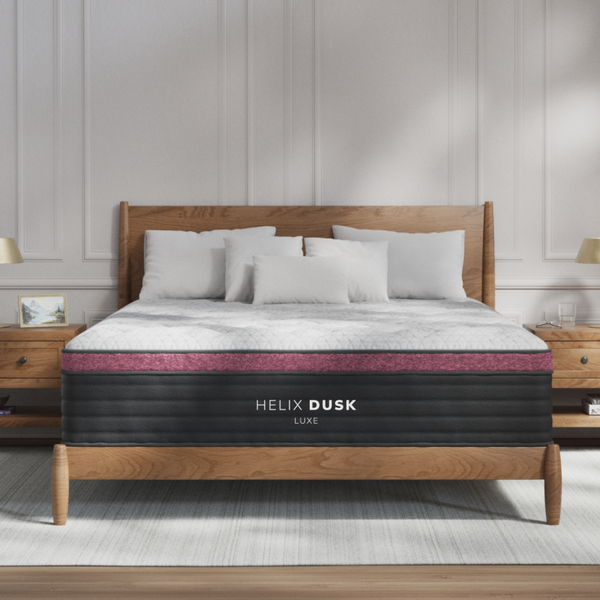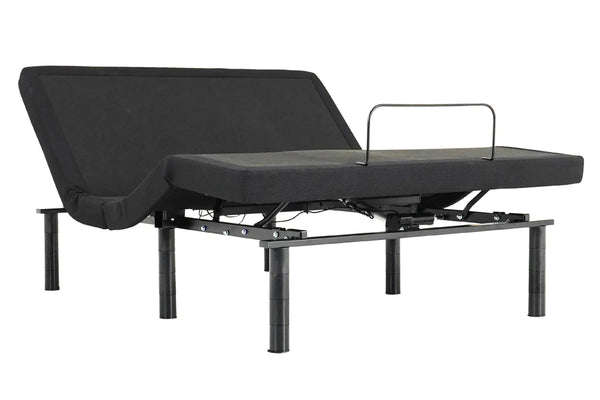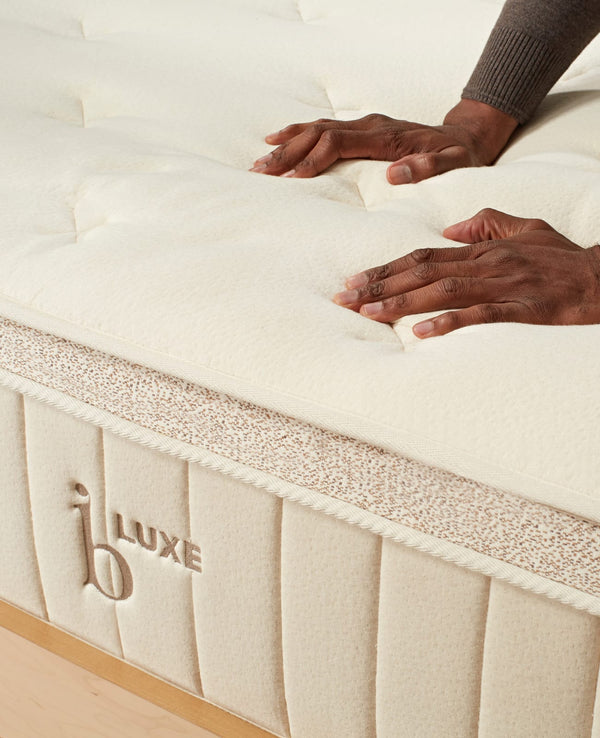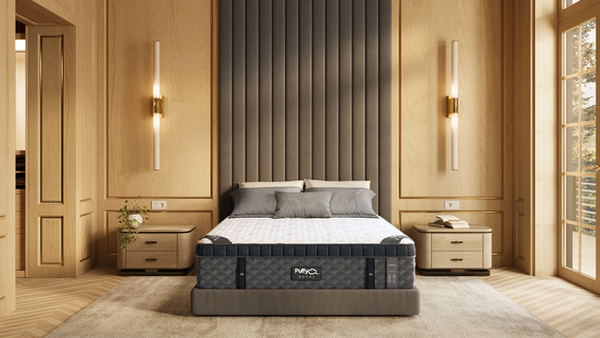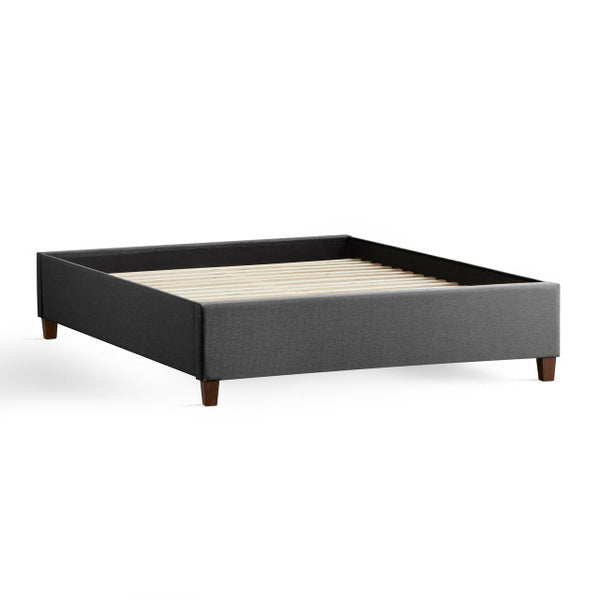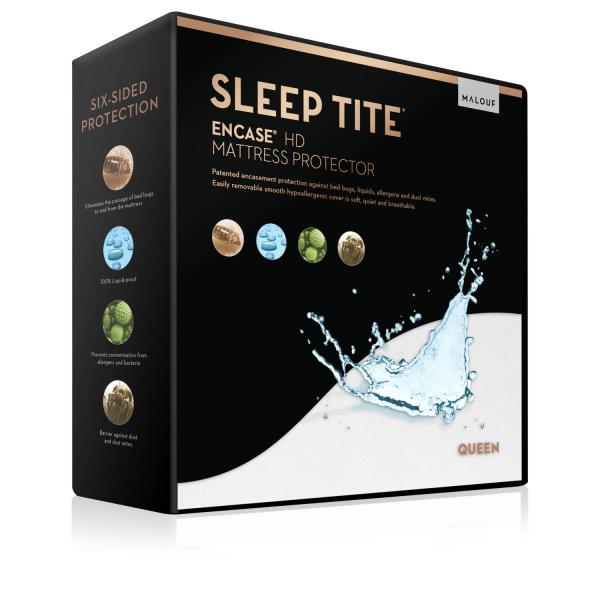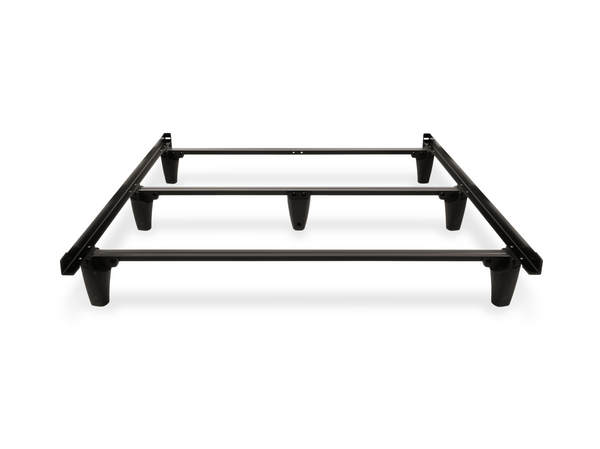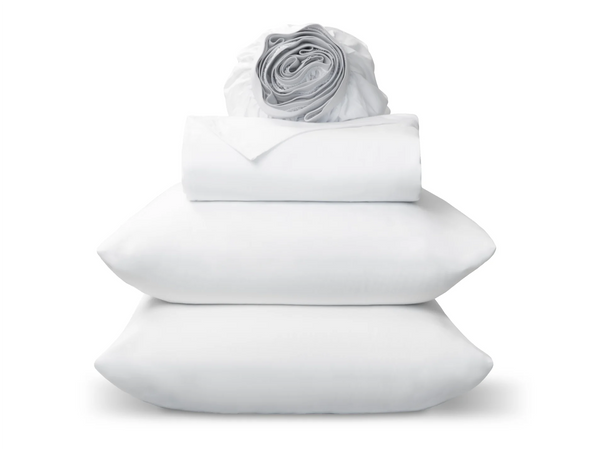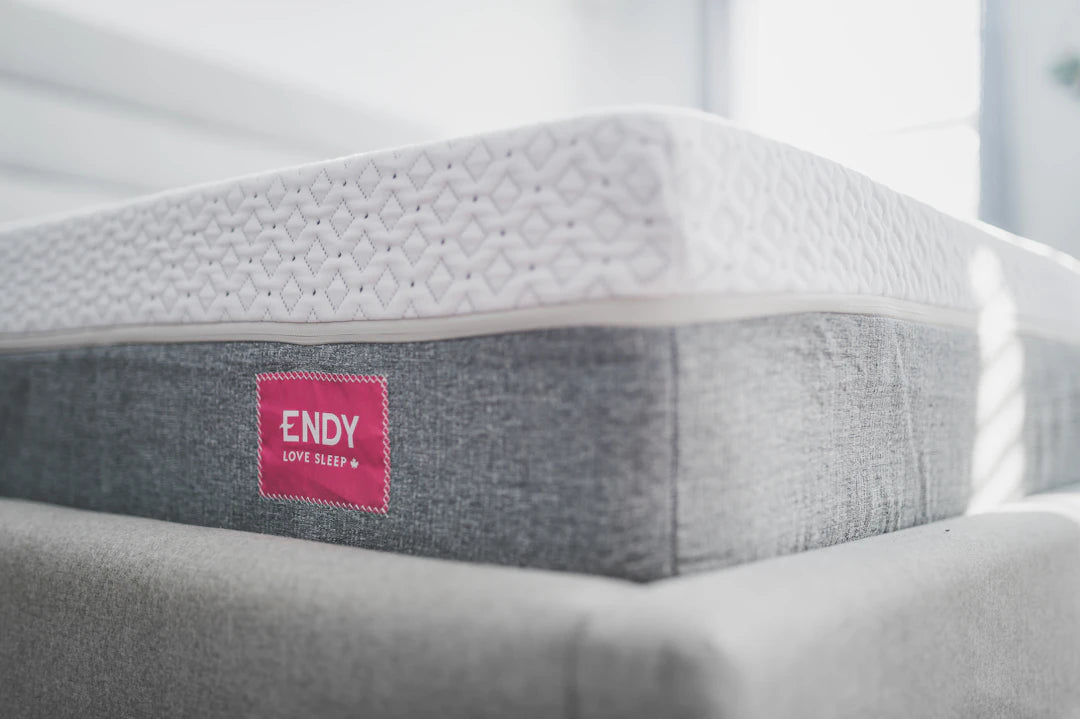
Overview
Choosing the right mattress is essential for quality sleep. This guide explains the differences between firm and soft mattresses, how sleeping positions influence your choice, and factors like body weight and temperature sensitivity to consider. It also provides tips for testing mattresses in-store and utilizing trial periods. Adjustable mattresses offer customizable comfort for couples with different preferences. Investing time in selecting the right mattress can significantly improve your sleep quality and overall well-being.
Frequently Asked Questions
1. What are the benefits of a firm mattress?
2. Who should opt for a soft mattress?
3. How does sleeping position affect mattress choice?
4. What should I consider when testing a mattress?
5. What are adjustable mattresses and their benefits?
When it comes to achieving a night of deep, restorative sleep, the kind of mattress you choose can make all the difference. With countless options available, selecting between a firm and soft mattress can be a daunting task. This guide aims to help you understand how to make the best choice. Here, we'll explore the benefits and drawbacks of both firm and soft mattresses, the factors to consider when deciding, and tips for testing them out. Let’s dive in!
Understanding Mattress Firmness
Mattress firmness generally ranges from soft to extra firm, providing varying levels of support and comfort. The firmness of a mattress can influence sleep quality, support spinal alignment, and reduce discomfort. Here, we’ll discuss what defines firm and soft mattresses to help you navigate your options.
What is a Firm Mattress?
A firm mattress is designed to provide a solid sleeping surface. These mattresses typically have less give and offer more support. The advantages of a firm mattress include:
- Better spinal alignment: Firm mattresses often promote better alignment of the spine, preventing back pain.
- Support for heavier individuals: Those who weigh more may find better support on firmer surfaces.
- Fewer sinkage issues: Firm mattresses minimize the tendency for sleepers to sink too deeply, which can lead to discomfort.
What is a Soft Mattress?
Soft mattresses, on the other hand, cradle the body, allowing for more contouring and yielding pressure relief. Here are a few benefits of soft mattresses:
- Enhanced pressure relief: The gentle give of soft mattresses can alleviate pressure points, especially on the shoulders and hips.
- More conforming support: Soft mattresses can adapt to your body shape, providing a cozy feel.
- Great for side sleepers: Side sleepers often benefit from the cushioning of a soft mattress.
Considering Your Sleeping Position
Your sleeping position is one of the most significant factors to take into account when deciding between a firm or soft mattress. Each position benefits from different levels of support and comfort. Here's how your position can influence your choice:
Back Sleepers
If you sleep on your back, a medium-firm mattress is often recommended. This option provides enough support to maintain spinal alignment while allowing for some cushioning at the lower back.
Side Sleepers
Side sleepers generally favor soft to medium-firm mattresses as they allow for contouring that relieves pressure on the shoulders and hips. A mattress with a little more give can help keep your spine aligned while accommodating natural body curves.
Stomach Sleepers
Stomach sleepers usually benefit from a firm mattress that prevents sagging in the midsection. A softer mattress may cause your hips to dip, resulting in poor spinal alignment.
Personal Preferences and Body Type
Your personal comfort preferences play a crucial role in your mattress choice. Consider the following elements:
Weight Considerations
Your weight can significantly impact how a mattress feels. Generally, heavier individuals may require a firmer mattress to prevent sinking, while lighter individuals may prefer a soft mattress that offers more cradling. It’s essential to balance comfort and support based on your body weight.
Temperature Sensitivity
Some people sleep hot, and the composition of the mattress can affect this. Often, firmer mattresses are made from materials that don’t retain as much heat compared to softer alternatives. If you tend to overheat during the night, you may lean toward a cooler, firmer mattress option.
Allergies and Sensitivities
Materials used in mattresses can vary widely, with some triggering allergies for sensitive individuals. If you're concerned about allergies, opt for hypoallergenic materials, whether you choose firmness or softness. This should make your selection process easier.
Testing the Waters: How to Try Before You Buy
Before making a significant purchase such as a mattress, it’s wise to test it out. Here are some key steps to ensure you find the right mattress for your needs:
In-Store Testing
When possible, visit a store to test different mattresses. Lie down in your preferred sleeping position for a minimum of 10 minutes on each mattress. Feel for any pressure points, and pay attention to how your body reacts.
Check Lumbar Support
Ensure proper lumbar support by checking how well the mattress aligns with the natural curve of your spine. Flat or too-soft mattresses can cause backaches over time.
Take Advantage of Trial Periods
Many brands offer trial periods that allow you to sleep on the mattress for a set time. Take advantage of trial periods to find out if the mattress truly meets your comfort needs. Remember to consider how you feel after sleeping on it for a few nights.
Adjustable Options: The Best of Both Worlds
If you find it challenging to decide between firm and soft, consider adjustable mattresses. These innovative beds let you customize the firmness level on each side, making them ideal for couples with different preferences. Here are some benefits:
Customized Comfort
Adjustable mattresses allow both partners to choose their desired firmness, ensuring optimal comfort for everyone. This might reduce disputes over mattress choices.
Convenience
Remote-control adjustability can enable you to switch between soft and firm throughout the night, depending on how you feel.
Final Thoughts for a Restful Sleep
Choosing between a firm and soft mattress isn't just about personal preference, it’s a crucial decision that can impact your sleep quality, health, and daily life. Understanding your sleeping position, body type, and preferences prepares you for a choice that aligns with your unique needs. Remember, investing in a good mattress is an investment in your well-being, making it essential to take the time to find the perfect fit. A thoughtful approach will help you discover the mattress that brings you restful nights and revitalized mornings.
Explore the creations of a fellow Shopify or Wix store owner. Follow this link to their online store. Please be advised that this is a promotional link, and we cannot guarantee the content of the linked store.


